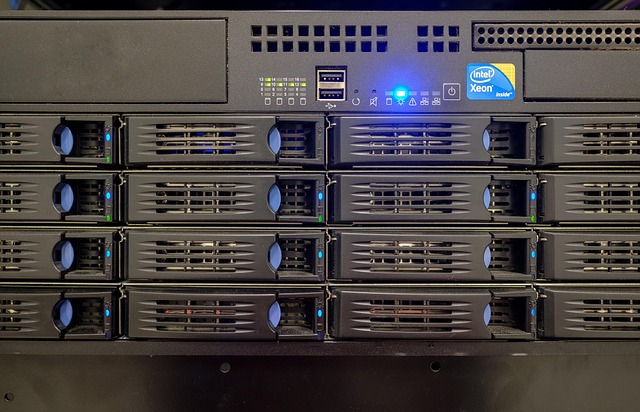
The Essential Guide to Network Hardware in IT: A Look into Informational Technology
In today’s interconnected world, the backbone of any effective IT system relies heavily on robust network hardware. Understanding the various components of network hardware is essential for anyone involved in informational technology, whether you’re a seasoned IT professional or just stepping into the field. Network hardware acts as the highway for data communication, enabling devices to connect, share, and exchange information seamlessly.
The main elements of network hardware include routers, switches, hubs, and firewalls. Each plays a distinct role in ensuring that data flows smoothly across networks. Routers are responsible for directing traffic between different networks, allowing multiple devices to communicate with each other while controlling the flow of data. In contrast, switches operate within a single network, efficiently managing data packets between devices and ensuring minimal delay. Understanding the functionality of these components is crucial for maintaining an efficient network.
Additionally, hubs serve as connection points for various devices, although they are often less efficient compared to switches due to the way they handle data transmission. On the security front, firewalls act as a protective barrier between trusted internal networks and untrusted external ones, monitoring incoming and outgoing traffic to safeguard sensitive information. Every piece of network hardware plays a vital role in maintaining operational integrity and security in an organization.
Implementing the right network hardware tailored to specific needs can significantly enhance productivity. For example, a well-designed local area network (LAN) can greatly improve communication within a team, eliminating delays and fostering collaboration. Moreover, the growth of cloud services demands superior network hardware to support increased data loads and ensure reliability. Thus, investing in quality network hardware is not merely a technical requirement, but a strategic imperative that aligns with organizational goals.
As technology evolves, so does network hardware. Emerging technologies like Wi-Fi 6 and advancements in SD-WAN are paving the way for quicker, more reliable, and secure connections. Staying updated on these trends is essential for IT professionals aiming to enhance their organization’s technological capabilities. With the right understanding and application of network hardware, businesses can facilitate a seamless flow of information, enhancing overall operational efficiency.
Whether you’re upgrading existing infrastructure or setting up a new system, it’s vital to evaluate the current and future demands on your network. Regular assessments ensure that the network hardware can handle potential growth while maintaining performance. Creating a flexible and scalable network architecture will not only accommodate the demands of today but will also prepare your organization for the challenges and opportunities of tomorrow’s fast-paced technological landscape.
In conclusion, the journey through the complex world of network hardware is an enlightening one for anyone involved in IT. Each component, from routers to firewalls, contributes to the seamless operation of informational technology systems. As we continue to innovate and evolve, understanding the significance of each piece of network hardware will empower IT professionals to build and manage resilient networks that can support the demands of a rapidly changing world.

